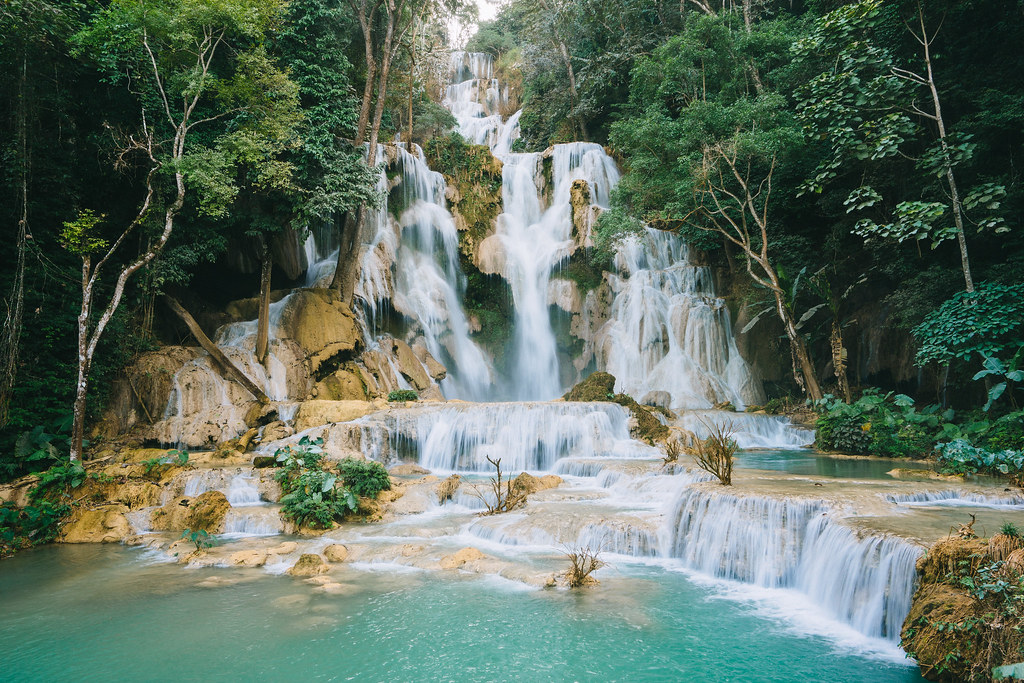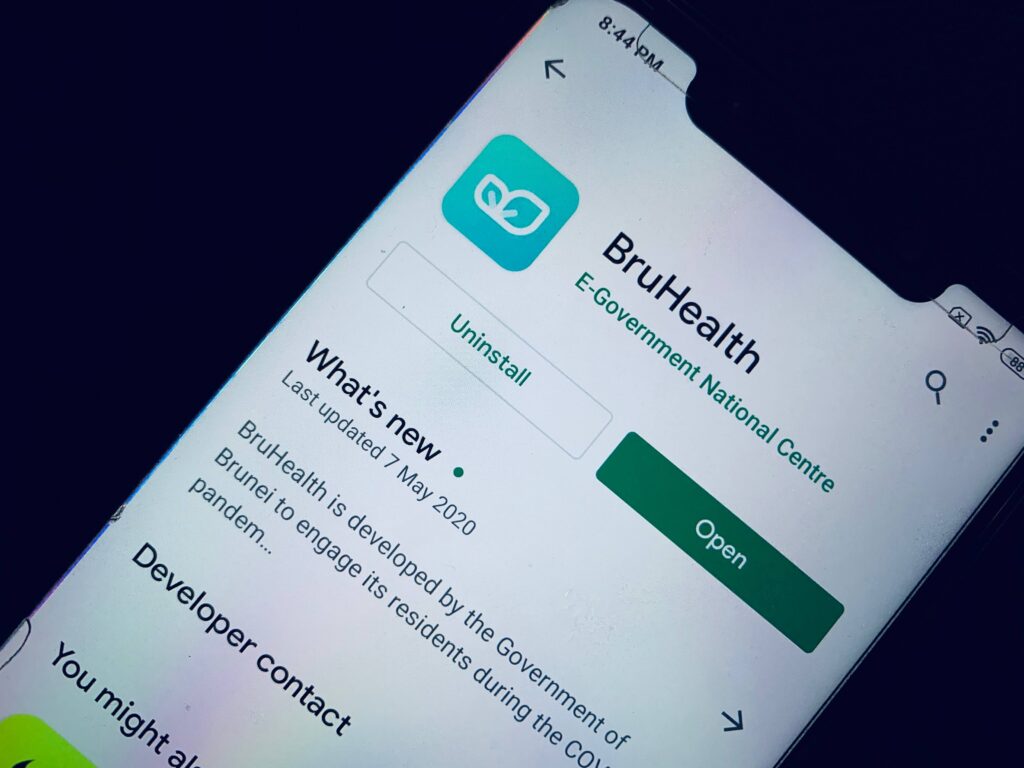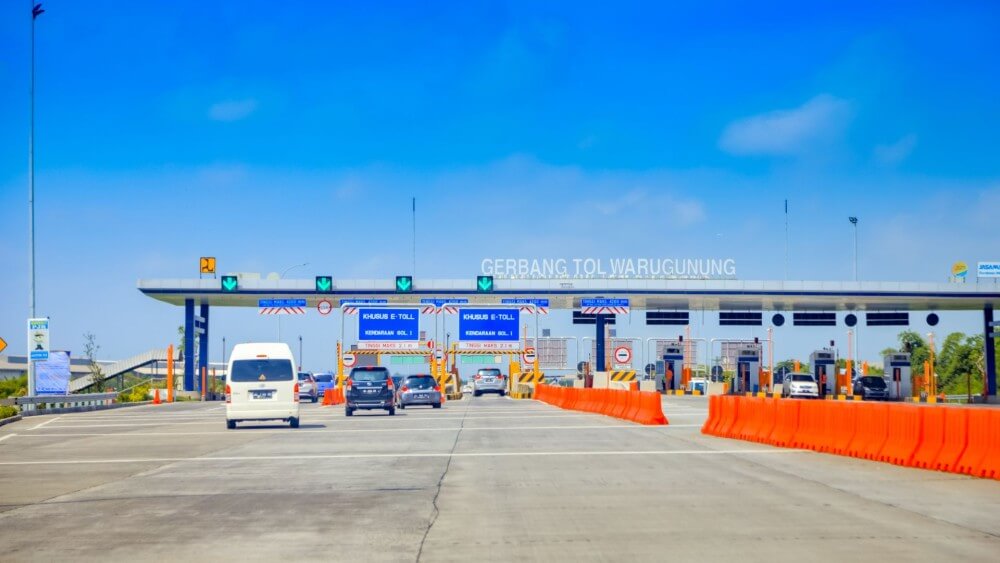Financing instrument and amount
US$ 45 million through regional development funds
Background
Located in the mountainous region of central northern Lao People’s Democratic Republic (Lao PDR), Luang Prabang serves as the provincial capital of the same name. Granted city status in 2018, Luang Prabang encompasses 115 villages across 774 sq.km at the confluence of the Mekong and Nam Khan Rivers. According to the latest official data, Luang Prabang had a population of 90,313 in 2015, primarily concentrated in the core city. The population grew by 68% from 1995 to 2015, with an annual increase of about 2.6%. During the same period, the core city expanded by 117%, or 5.3% annually. Despite an overall population growth, the Heritage Protected Zone (ZPP) saw a decline due to residential buildings being converted into tourism-related facilities, such as guesthouses and restaurants.
Tourism is the main driver of the local economy. Luang Prabang was designated a UNESCO World Heritage Site in 1995. This designation led to a significant rise in international visitors, from 20,000 in 1995 to 638,000 in 2019. In 2019, just before the COVID-19 pandemic impacted the tourism industry, the province saw a total of 860,035 tourist arrivals, a 13.9% increase from 2018, with 26% being domestic visitors. The pandemic and ensuing travel restrictions caused a dramatic 68% drop in international arrivals in 2020 compared to 2019. By 2022, international arrivals had rebounded to 257,000, while domestic tourism reached a record high of 280,000 visitors.
As Luang Prabang recovers from the impact of the pandemic, annual visitor numbers are expected to continue to increase and the city’s urban facilities (i.e., solid waste management and wastewater treatment facilities, urban roads and footpaths, and public greenspace) would need to be upgraded to ensure that it continues to develop in a sustainable manner. The city would require better urban infrastructure, environmental management, and tourism services to improve the quality of life for citizens and develop its tourism industry in a way that preserves its rich heritage.
Approach
The proposed project will support sustainable, inclusive, and resilient urban development in Luang Prabang, a city in the Greater Mekong Subregion (GMS) north-south economic corridor affected by environmental degradation, climate change, disasters, and diminishing livability. Multisector project investments will (i) improve the quality and coverage of urban infrastructure and services, (ii) strengthen institutions and capacity to foster climate and disaster resilient development pathways, (iii) promote inclusive and gender-responsive urban planning, and (iv) enhance women’s leadership and economic empowerment. The project is expected to benefit 104,500 residents and 1.3 million annual visitors by 2031.
Asian Development Bank (ADB) has allocated the following resources to help finance the project: US$45 million of which US$35 million is provided via a loan and US$10 million in grant financing. The government will contribute $1 million in the form of in-kind contributions, taxes, and duties. The project will be implemented from 2024 to 2030. An economic analysis was conducted following ADB guidelines. It involved comparing the costs and benefits in with-project and without-project scenarios over 25 between 2025 and 2049.
Results
The project aims to improve urban infrastructure, and create a more robust environment for inclusive and resilient urban and tourism services. Specific outputs include:
Output 1: Upgrading urban infrastructure by transforming the existing 17.1-hectare open dumpsite into a managed landfill featuring semi-aerobic bioreactor cells, methane capture and flaring systems, and septage and leachate treatment facilities utilising nature-based passive solar and reed-bed solutions. Additionally, facilities will be developed for recovering recyclable materials. The project will also rehabilitate 16 kilometres of urban roads, which will be enhanced with native shade trees and equipped with storm drains featuring smart gross pollutant traps. Furthermore, 8 kilometres of footpaths will be illuminated with energy-efficient streetlights.
Output 2: The project will bolster the enabling environment for inclusive and resilient urban and tourism services. Alongside infrastructure improvements in Luang Prabang City, an inclusive and gender-responsive urban master plan and development guidelines will be created. These guidelines will include specific actions to address gender disparities and enhance climate and disaster resilience.
Output 3: The project will advance women’s leadership and employment through a national higher education and vocational training scholarship program aimed at female officials in water supply, sanitation, public works, and tourism sectors. This initiative will provide academic, professional, and leadership training, including short-term executive programs in fields such as engineering, urban planning, public management, finance, and heritage and tourism management, based on the priorities of the learners.
Key Learnings
Alignment to fund strategy and national plans.
The project is consistent with the Country Partnership Strategy 2017-2020 and the strategic goals set in the government's 2030 Vision and 10-Year Socio-Economic Development Strategy (2016-2025). It also supports ADB Strategy 2030's key operational priorities of addressing remaining poverty, tackling climate change, making cities more livable, strengthening governance and institutional capacity, and accelerating gender equality.
Importance of updated legal frameworks.
One key component of the project is the development of the Luang Prabang Urban Master Plan which includes an urban report, a land use plan, urban planning regulations, design guidelines, and other required volumes according to the Law on Urban Planning. Strong legal enablers are critical to guide urban development. In the case of Luang Prabang, the existing 2012 Urban Master Plan, along with the Luang Prabang Heritage Preservation and Development Master Plan (PSMV), serves as the main legislative framework for ensuring sound land use practices and meeting national and local policy goals. However, the 2012 plan is outdated, failing to account for 48.5 km² of newly designated SEZs within and around the city, it also lacks gender responsiveness and does not adequately address climate and disaster risks. This gap was addressed by the project design.
Addressing institutional weaknesses.
The project includes components to strengthen the institutional capacities of stakeholders. In its design, the project acknowledges the limitations faced by institutional bodies in Luang Prabang to achieve resilient and sustainable development. In its recommendations, specific actions are highlighted to improve the enabling environment and increase the adaptive capacity of the institutions to develop, manage and operate urban infrastructure on a sustainable basis in the long-term.
Sources
- ADB. Lao People’s Democratic Republic: Urban Environment Improvement Investment Project, Sovereign Project | 53203-001. Available at:https://www.adb.org/projects/53203-001/main
- ADB (2023). Feasibility Study for Lao People’s Democratic Republic: Urban Environment Improvement Investment Project (Luang Prabang). Available at: https://www.adb.org/sites/default/files/project-documents/52064/52064-001-tacr-en_46.pdf
- ADB-financed GMS Project to Strengthen Urban and Tourism Infrastructure, Enhance Women’s Opportunities in Luang Prabang, Lao PDR. Available at: https://greatermekong.org/g/adb-financed-gms-project-strengthen-urban-and-tourism-infrastructure-enhance-women%E2%80%99s-opportunities




